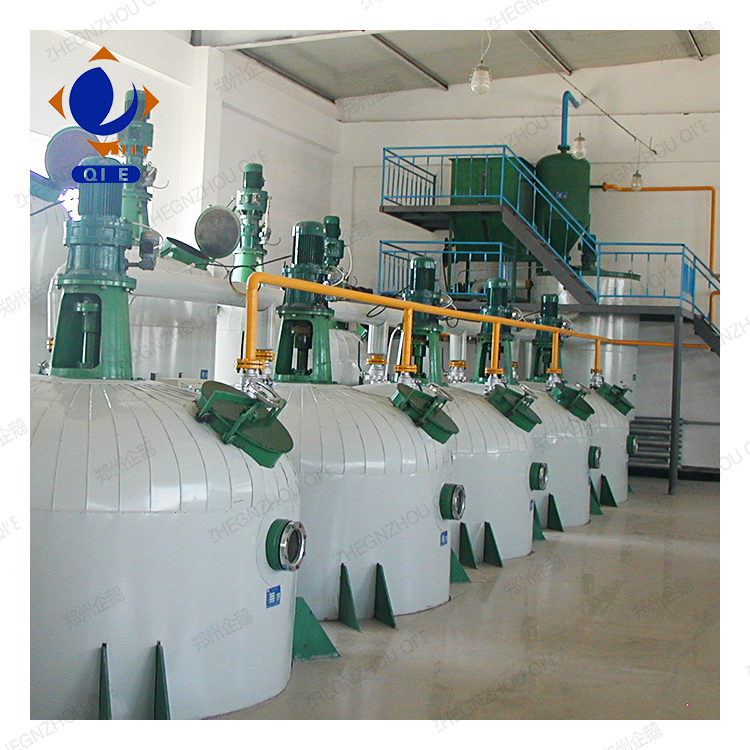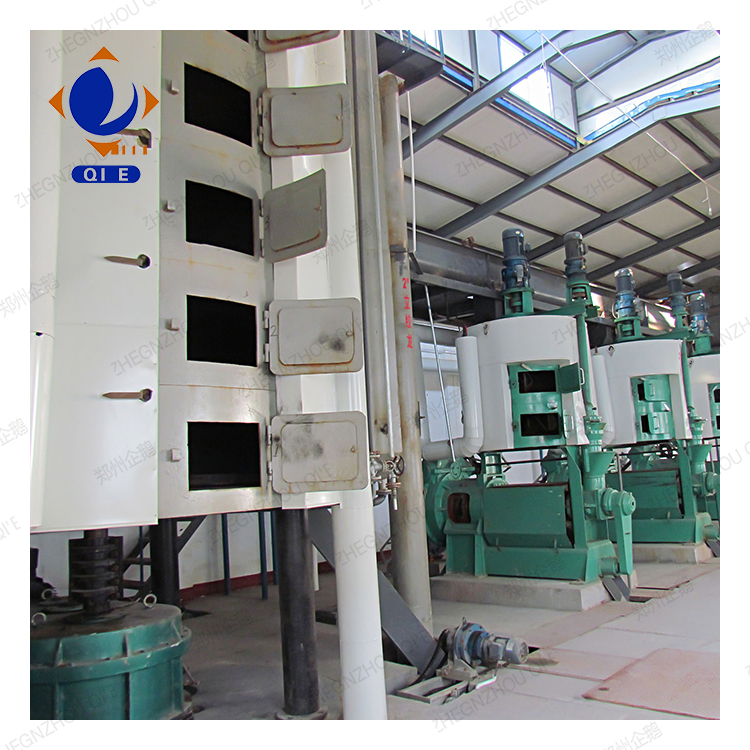
Before installing a fully automatic peanut oil press, proper site preparation and technical know - how are crucial. They directly impact the operational efficiency and service life of the equipment. This article will guide you through the process, ensuring a smooth installation and paving the way for high - efficiency and energy - saving automated production.
First, let's clarify the core dimensions of site assessment. The area of the site is fundamental. For a small - scale peanut oil production line, an area of about 50 - 100 square meters may be sufficient. However, for a medium - scale factory, you'll need at least 200 - 300 square meters, and a large - scale operation might require 500 square meters or more. The floor load - bearing capacity is also essential. A fully automatic peanut oil press can weigh several tons, so the floor should be able to bear a load of at least 500 - 1000 kg per square meter. Good ventilation is necessary to dissipate heat and fumes generated during the operation. Aim for a ventilation rate that can replace the air in the room at least 5 - 10 times per hour.

Let's look at some real - world examples. For a small - scale factory with a daily production capacity of less than 1 ton of peanut oil, you can choose a relatively simple layout. You can place the press close to the raw material storage area to minimize transportation distance. In a medium - scale factory producing 1 - 5 tons of peanut oil per day, you need to plan a more comprehensive layout, including separate areas for raw material storage, processing, and finished product storage. A large - scale factory with a daily output of over 5 tons requires a highly organized layout with advanced conveyor systems and automated storage facilities.
The foundation for the peanut oil press should be level and firm. The concrete foundation should have a thickness of at least 20 - 30 cm and a strength grade of C20 - C30. It should be able to absorb vibrations generated during the operation to prevent damage to the equipment and the building structure.
The pipeline layout should be as short and straight as possible to reduce resistance and energy consumption. The pipes for oil transportation should be made of corrosion - resistant materials such as stainless steel. The diameter of the pipes should be selected according to the flow rate and pressure requirements, usually ranging from 50 - 150 mm.
Proper electrical wiring is crucial for the safe and efficient operation of the press. All electrical components should be properly grounded. The power cable should have a sufficient cross - sectional area to carry the load. For a medium - sized press, a cable with a cross - sectional area of 10 - 25 square millimeters is usually required.

| Wrong Operations | Consequences | Corrective Methods |
|---|---|---|
| Improper foundation leveling | Uneven stress on the press, leading to premature wear and tear | Re - level the foundation using shims or re - pour the concrete |
| Incorrect pipe connection | Oil leakage, reduced efficiency | Check and reconnect the pipes, ensure proper sealing |
| Poor electrical grounding | Electrical hazards, equipment malfunction | Re - check and improve the grounding system |
After the installation, proper commissioning is essential. The commissioning process should include checking the operation of the press, the flow of oil, and the performance of the electrical and control systems. It is recommended to conduct a trial run for at least 24 - 48 hours to ensure the stability of the equipment. During this period, any problems should be promptly addressed to improve the overall handover efficiency.
One of our customers, a medium - scale peanut oil factory, followed our installation guidelines. They were able to start production within a week after the installation. The energy - saving and high - efficiency features of our fully automatic peanut oil press helped them reduce production costs by 20% and increase their output by 15%. This success story shows that with proper installation and operation, you can achieve significant benefits.

If you want to ensure a smooth installation of your fully automatic peanut oil press and achieve efficient and energy - saving production, click here to learn more about our products and services.

